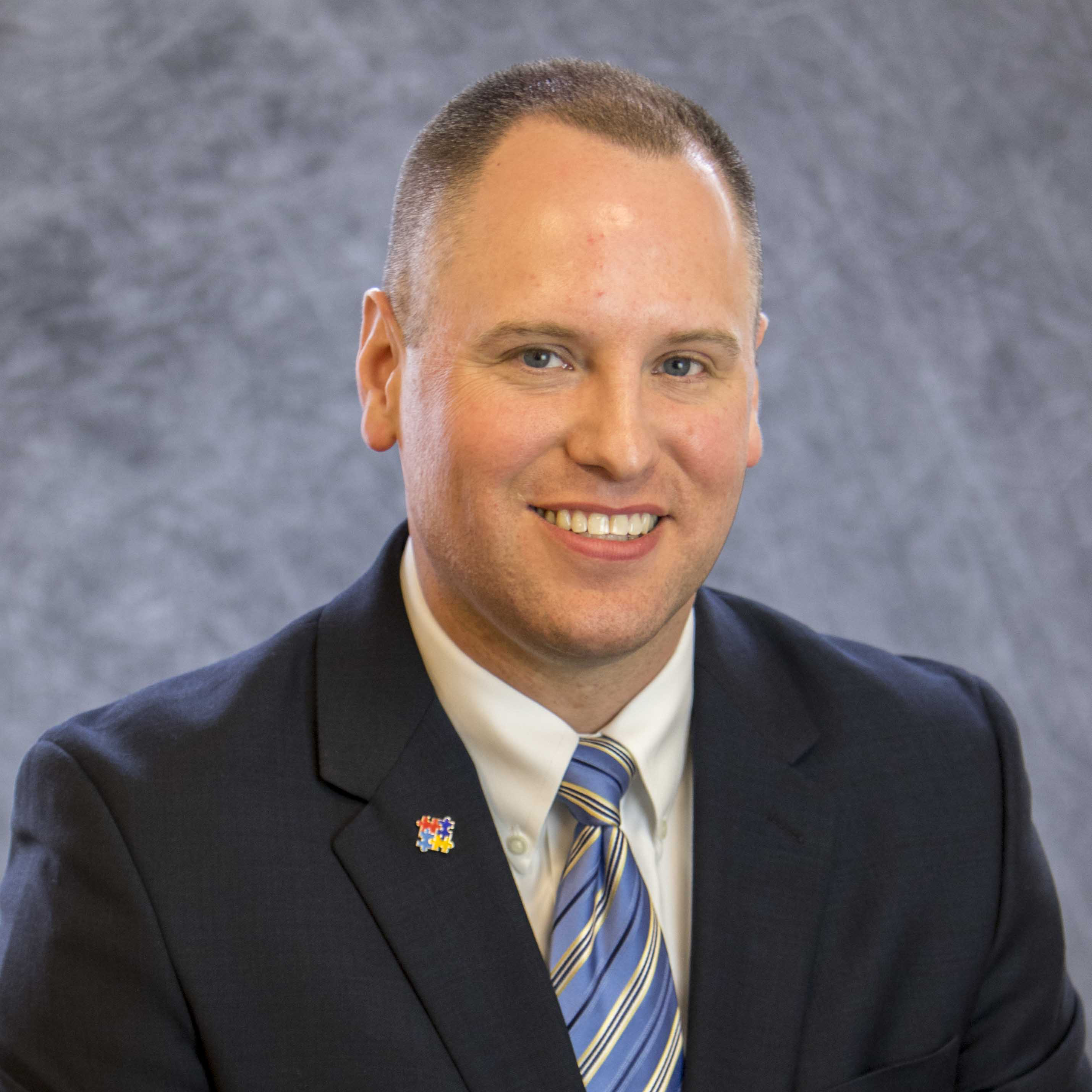While adults fight over money, children are losing. How we got here was strategically orchestrated by the Washington Education Association (WEA) union, its political allies, and some school administrators.
This is not the fault of the state legislature, or of taxpayers. Lawmakers have increased school funding by 75% since 2012. In 2018, your state property tax rate increased dramatically to provide money for schools. Then in 2019, your local school levy was supposed to be capped to partly offset the 2018 state tax increase. That was the promise our elected representatives made.
With the new state property tax, local school districts cashed in. Spokane Public Schools’ state allocation increased more than $50 million. Central Valley’s went up by more than $20 million.
With the new money locked in, the WEA sent out an alert to local bargaining units saying “now is the time to negotiate substantial pay raises.”
If school districts wouldn’t agree to such demands, union executives threatened, and did, close schools with strikes. The leaders of the Spokane, Central Valley, East Valley and West Valley teachers’ bargaining units wrote last August in the Spokesman-Review claiming “our school districts have the money [for double-digit pay increases]. The increase in state funding more than makes up for the reduction in local levy funding.”
Spokane Public School officials gave in to the union, giving a 13% pay hike. Central Valley agreed to raise salaries up to 22%. The Mead School District increased salaries 16%. These are larger raises than most of Spokane’s working families have ever received
Almost immediately, some school budgets went into the red. Spokane Public Schools says it has a deficit and will have to eliminate hundreds of positions – younger teachers will be targeted first. Central Valley and Mead are also announcing deficits and are preparing similar layoffs.
In contrast, the East Valley and West Valley school districts handed out more reasonable but still significant seven to nine percent raises. Employees in these districts face few, if any, layoffs.
But Spokane’s proposed cutbacks aim to send the same message union executives sent last summer – give us more funds, or we will target kids. Spokane school officials and the school board said they would cut staff in low-income neighborhoods and even threatened to rob kids of instruction time and make life harder for working families by dismissing school early on Fridays.
In Mead, administrators targeted the Riverpoint Academy for closure – a STEM school with 200 kids.
It is also revealing what isn’t yet being proposed – a reduction in any salary or benefit.
Today, Spokane Public Schools spends $15,000 per student, per year, more than tuition at most private schools. Total spending in SPS is $465 million today, an increase of 47 percent in just a few years.
The average base salary in Spokane Public Schools is $75,229, plus yearly benefits worth $30,212. Central Valley, Mead and East Valley have similar numbers. Paying quality teachers great salaries is a good thing. Common sense budgeting also tells us a school district and taxpayers must be able to pay for it. The median family income in the city of Spokane is less than $45,000 per year.
Using their bloated budget situations and children as leverage, union officials and some district leaders were able to convince legislators during the legislative session to grant them authority to raise local levy rates right back up. This means taxpayers could end up paying both the higher state property tax and higher local property taxes.
On top of that, local school district leaders in 2016 and 2017 were able to convince local taxpayers to approve massive new school bonds under the promise that local levies were going down. But now, they could be going back up.
All of this breaks the original “McCleary promise” to fund schools with state funds and provide local tax relief. Instead, the union and some school officials want to double dip: get more state money and add to the local tax burden. The result will be more harm to working families, greater inequality between rich and poor districts, and likely more legal action at the state level.
A local superintendent recently lamented his self-created budget difficulties, saying “we are on a path we did not choose.” The facts show otherwise.
Chris Cargill is the Eastern Washington director for Washington Policy Center (WPC) an independent research organization with offices in Spokane, Tri-Cities, Olympia and Seattle. Online at washingtonpolicy.org.




